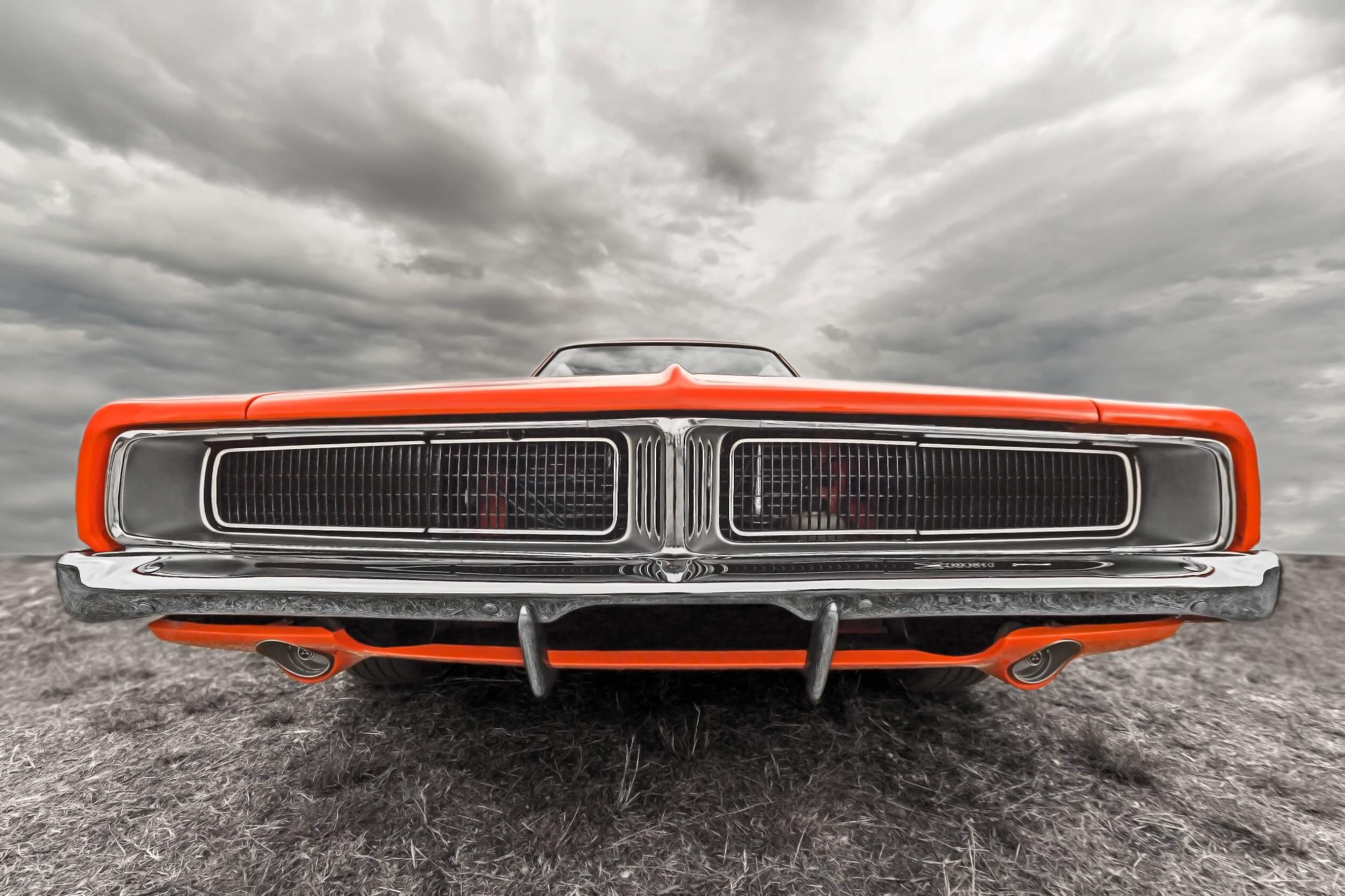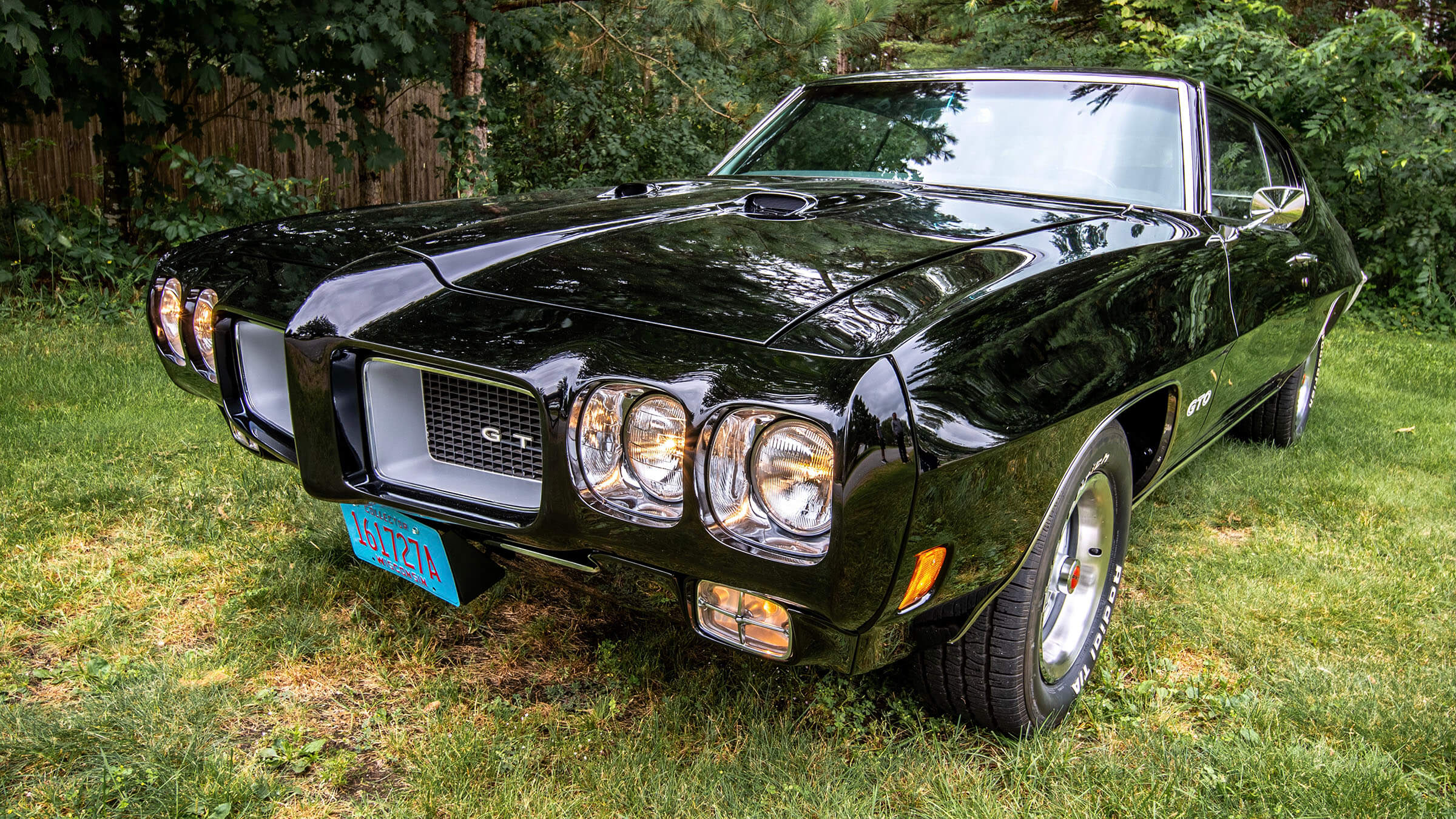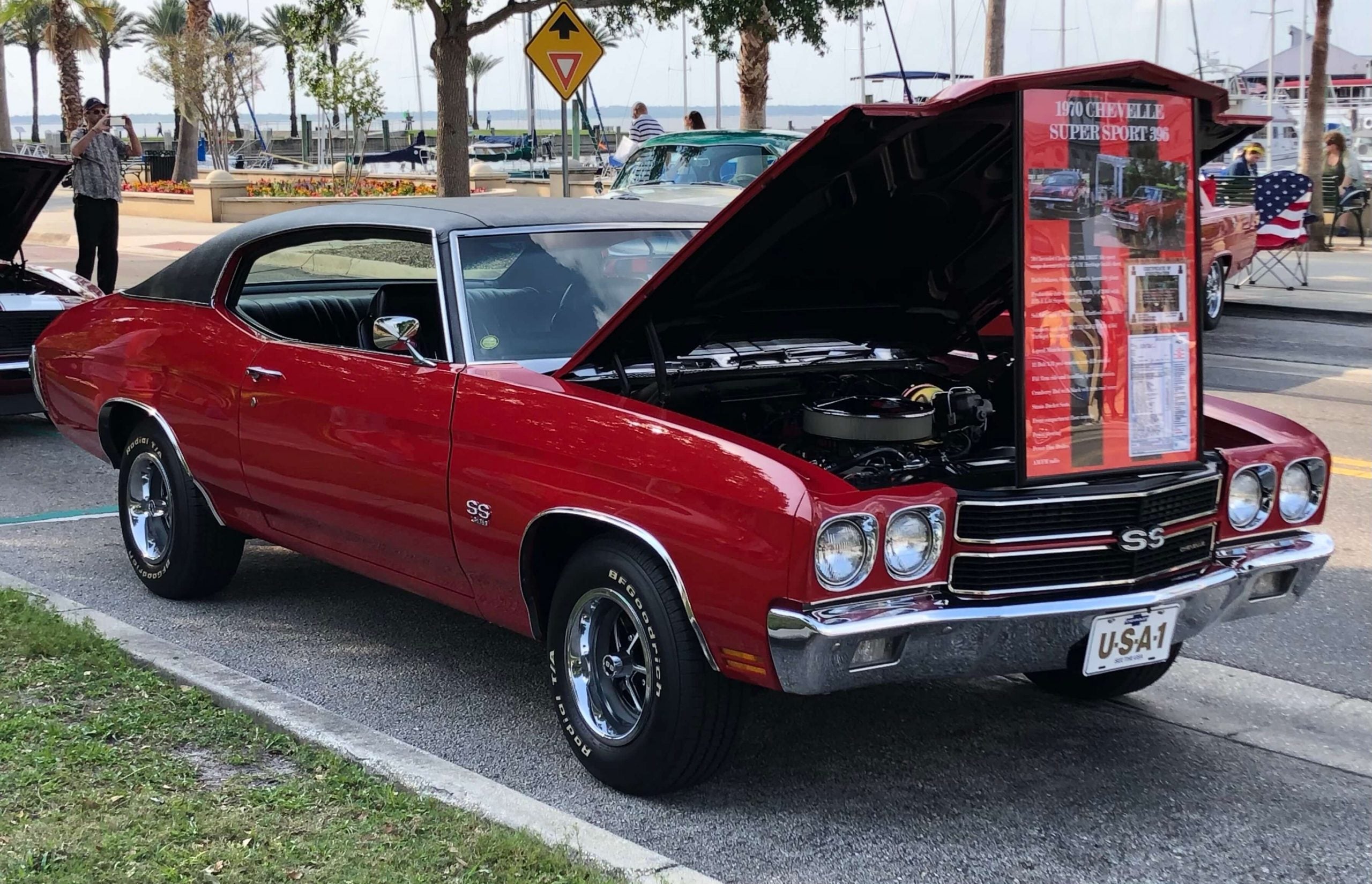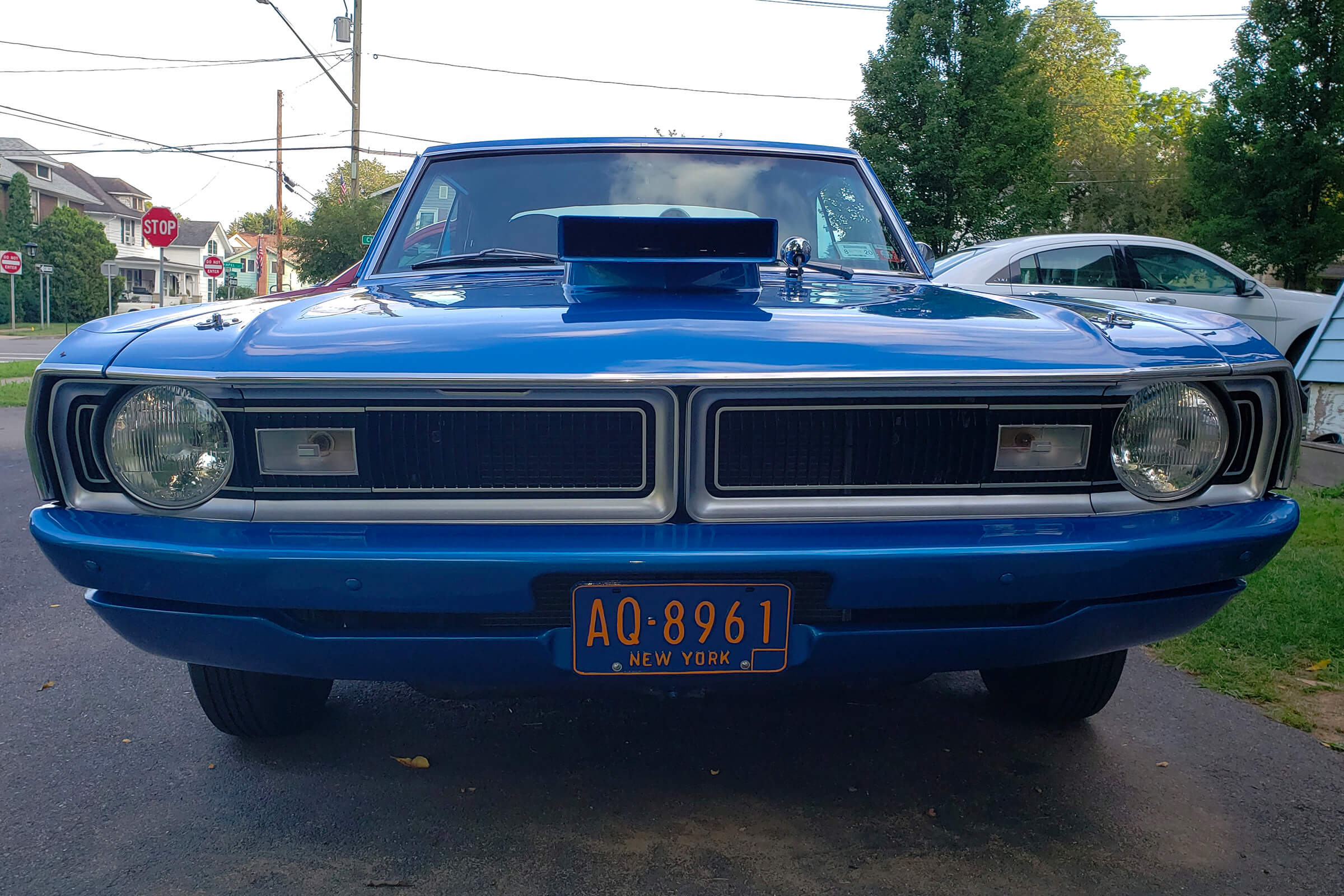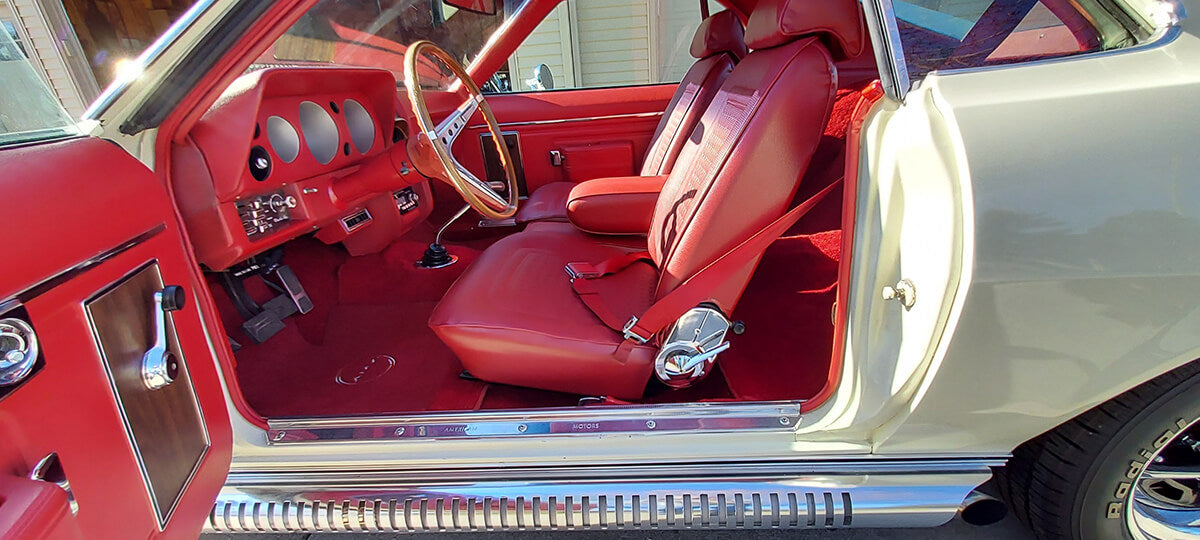1. Read the Owner’s Manual
Whether a car is new to you, or you’ve had it a while, spend time reviewing the owner’s manual. In order to properly care for its unique needs, you want to know your vehicle inside and out. Even if you don’t have the owner’s manual anymore, you can always find a copy online. Not having the right knowledge can lead to irreversible damage to your classic car. Know exactly what your vehicle needs before you make a decision you will regret.2. Keep Your Classic Car Clean
While the carwash can save time and effort, classic cars should be washed and dried by hand only. Machines do not do as thorough of a job--and could even scratch your prized vehicle! Your cleaning supplies make a difference as well. Choose only detergents without abrasive chemicals so that you don’t accidentally remove the paint. Use only soft, clean cloths, with separate ones for different parts of your car. Start at the top of your vehicle, then change cloths as you reach the undercarriage so you don’t spread dirt and oil from one part of the car to another. You’ve gone great lengths to restore the car upholstery and other inside features--so be sure to show the interior just as much care as the exterior.Related Post: Defining Classic Car Upholstery and How to Restore Your Upholstery
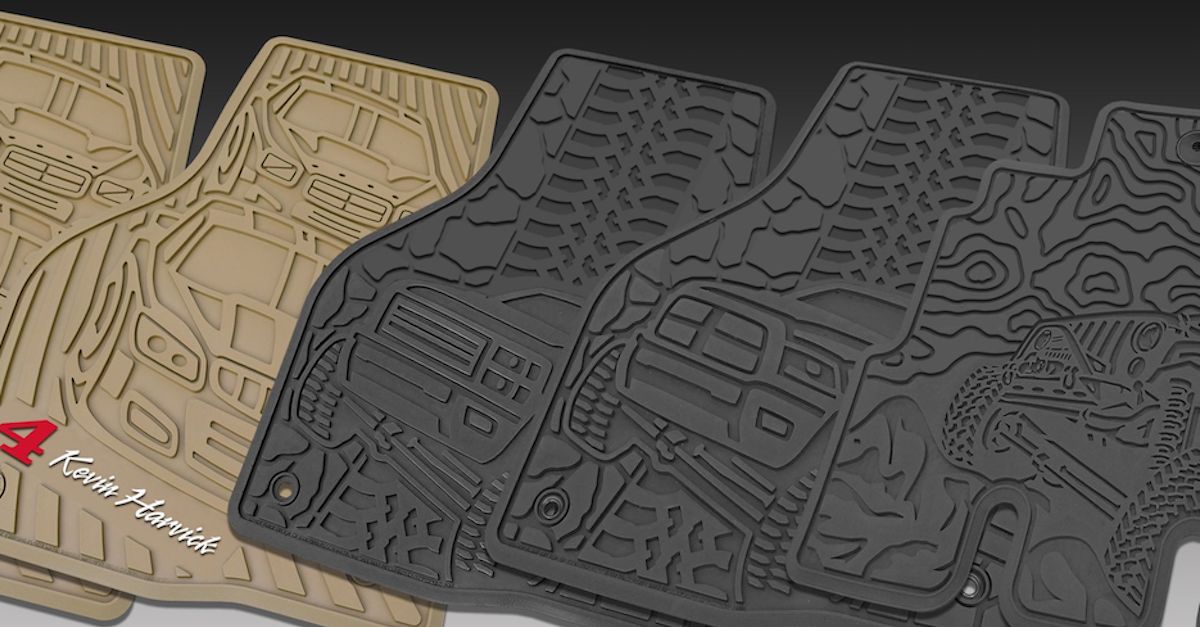 After your upholstery restoration is complete, keep it in top shape with a regular cleaning schedule. Use a mild cleaner and a microfiber cloth or an old t-shirt to wipe down vinyl upholstery. Genuine leather should be cleaned with a dry cloth regularly, and conditioned every six months. Q-tips can help you get into tiny interior nooks and crannies. You want every part of your classic beauty to sparkle! And here’s a nifty tip. Before vacuuming your carpets, spray them with compressed air to loosen the dirt, making it easier for a vacuum to remove. Floormats can help you protect your interior floor--make sure to keep those clean too!
After your upholstery restoration is complete, keep it in top shape with a regular cleaning schedule. Use a mild cleaner and a microfiber cloth or an old t-shirt to wipe down vinyl upholstery. Genuine leather should be cleaned with a dry cloth regularly, and conditioned every six months. Q-tips can help you get into tiny interior nooks and crannies. You want every part of your classic beauty to sparkle! And here’s a nifty tip. Before vacuuming your carpets, spray them with compressed air to loosen the dirt, making it easier for a vacuum to remove. Floormats can help you protect your interior floor--make sure to keep those clean too!
3. Perform Routine Oil Changes
Make sure you are regularly changing the oil and the oil filter on your classic car. This is essential to the well-being of your car’s engine, and will prolong its life. Oil lubricates high tolerance components, removes impurities, and eases heat in essential parts of your car. You will most likely need a specialty oil designed for older models. This is where reading the instruction manual comes in handy again.4. Change the Air Filter
Right along with changing your oil and its filter regularly, you should also replace your air filter as part of your classic car maintenance routine. Your car’s air filter supports optimal engine performance by keeping out pollution and other dust. This is especially important in areas with poor air quality. Air filters typically don’t cost very much, and should be replaced every 20,000 to 40,000 miles--but the sooner, the better. Just make sure the air filter you purchase is a genuine, accredited item.5. Get Your Tires Rotated
Another one of those routine maintenance items for your classic vehicle, tire rotations can help the longevity of your tires--which can be pretty expensive to replace. Tires tend to wear unevenly, depending on things like if your vehicle has all-wheel drive and the overall weight distribution of your car. Rotating tires regularly helps ensure that your car’s tires are wearing at an even pace.6. Protect Your Classic Car’s Exterior
Of course, you’d never leave your baby outside exposed to the elements for too long (see number 7). But what’s the point of having a classic car you can’t take out for a spin? On-road and off, protect your car’s shiny paint job with a wax or other car paint protector. When applying wax or another surface protectant to your classic car, always begin with a car exterior that’s been thoroughly cleaned and completely dried. There are numerous choices for wax on the market, from natural carnauba wax, to non-organic ceramic coatings. With fewer harsh chemicals, wax can be a better choice depending on the kind of paint finish of your classic car--but it doesn’t last as long as a ceramic coating. We recommend that you do your research to decide which kind of protective coating is right for your car’s paint job. And remember, even if you are storing your classic car in the garage, a car cover is still essential to keep your car’s exterior looking shiny and sharp!7. Properly Store Your Classic Car
Before storing your car for the winter, make sure you’ve taken care to perform the right maintenance. For example, you will need to change the oil, and then run the engine for a few moments so the clean oil can circulate, providing corrosion protection during the long winter months. You will also want to fill the tank and add a fuel stabilizer according to the manufacturer's instructions. This will help prevent rust inside the tank. Before storing it, either disconnect the car battery, or install a battery tender that will ensure the battery is operational after long periods of inactivity. Don’t forget to give your car a thorough cleaning and detailing, inside and out. Grime that stays on your car for the duration of storage season will be even harder to remove--and could even cause damage. A dark, clean, and dry place is best for classic car storage. Don’t have a garage? Do your research to find car storage units for rent in your area.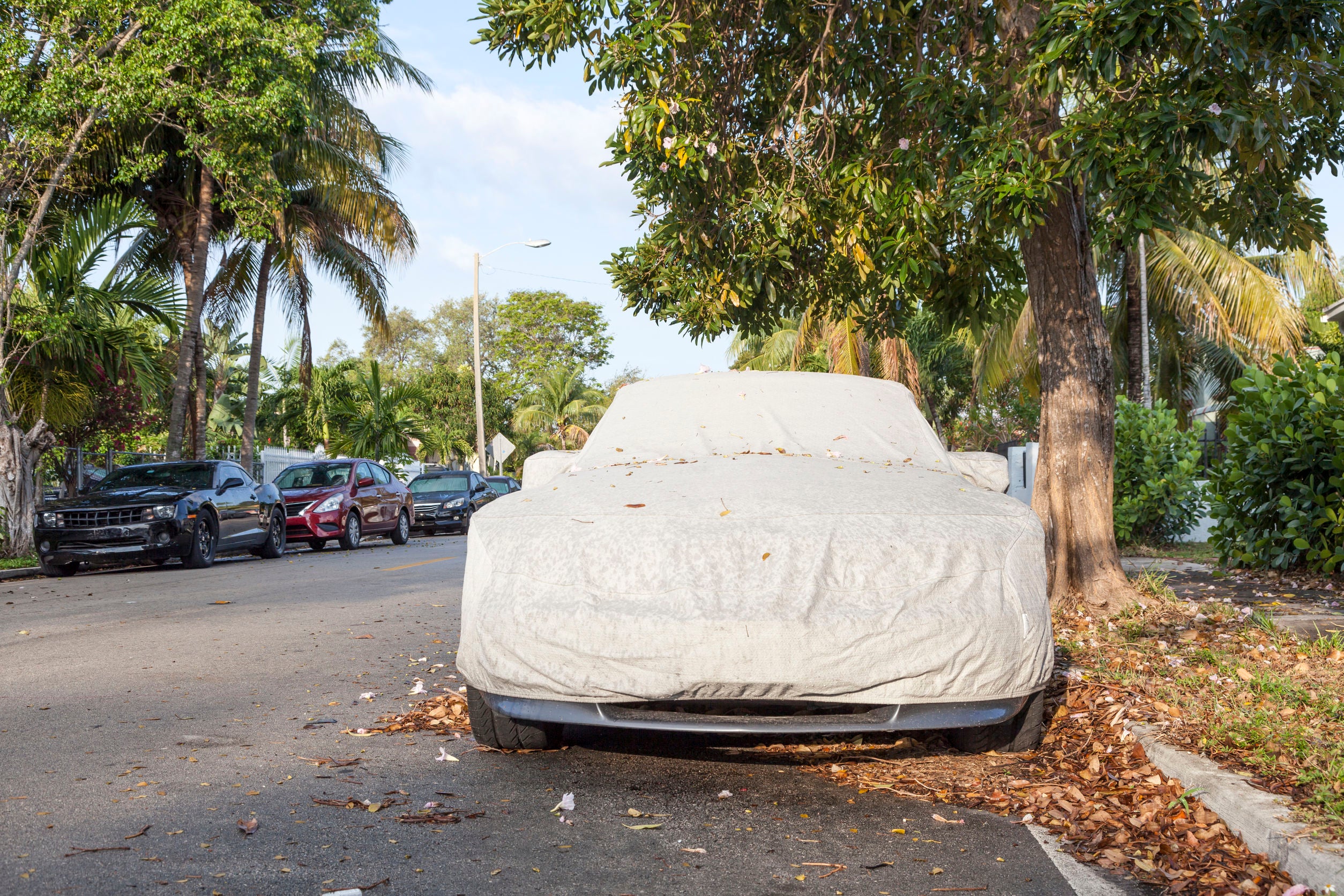 Storage best practices extend to the warmer months as well, when your car can be easily damaged from too much humidity, heat, or direct sunlight. It may be tempting to have your classic car displayed in your driveway for everyone to admire. However, even during the summer, you should store it inside a garage or at least under a car cover. And last but not least--do not place a cover over a dirty car. Any surface dust and dirt can act as an abrasive if the cover rubs against it, leaving you with a scratched paint job on your classic car.
Storage best practices extend to the warmer months as well, when your car can be easily damaged from too much humidity, heat, or direct sunlight. It may be tempting to have your classic car displayed in your driveway for everyone to admire. However, even during the summer, you should store it inside a garage or at least under a car cover. And last but not least--do not place a cover over a dirty car. Any surface dust and dirt can act as an abrasive if the cover rubs against it, leaving you with a scratched paint job on your classic car.
8. Get Your Classic Car Insured
This one requires a more in-depth conversation with an insurance agent, but getting your classic car insured is essential. Classic car insurance is similar to regular car insurance, with property coverage to replace or repair your car should it become damaged. Classic car insurance also includes liability coverage, in the event that you are in an at-fault accident with your classic car. Even the most careful drivers sometimes have a minor fender-bender. Get insured so that you’re protected if it happens to you. Contact your local insurance agent to learn more about how classic car insurance works.9. Budget for Repairs and Maintenance
Almost every aspect of classic car maintenance will incur ongoing costs, long after you’ve completed your classic car restoration project. This may be the most important tip for maintaining your classic car's value. Classic car parts can be hard to come by. Even a simple tune-up can cost more for a classic car. Unexpected repairs can pop up out of nowhere. Make sure you budget accordingly so that for years to come, you can maintain the beauty and function of your treasured car.10. Avoid Poor Driving Conditions.
 Finally, you don’t want to operate your classic car in inclement conditions. During the winter, snow, salt, and other elements put your classic car at risk for rust. Just a single drive on a salty road leaves your car’s undercarriage with a layer of surface rust. Even during milder weather, choose high quality roads that are smoothly paved and pothole-free. And if you do come across a road hazard that cannot be avoided, slow down to prevent damage to your suspension, undercarriage, tires, or other parts of your classic car. Now you know more about classic car care. Follow this classic car maintenance checklist, do your research accordingly, and you’ll be well on your way to keeping your dream car in mint condition. For more helpful information about classic car restoration and products designed for maintaining your classic car’s value, visit us at Legendary Auto Interiors.
Finally, you don’t want to operate your classic car in inclement conditions. During the winter, snow, salt, and other elements put your classic car at risk for rust. Just a single drive on a salty road leaves your car’s undercarriage with a layer of surface rust. Even during milder weather, choose high quality roads that are smoothly paved and pothole-free. And if you do come across a road hazard that cannot be avoided, slow down to prevent damage to your suspension, undercarriage, tires, or other parts of your classic car. Now you know more about classic car care. Follow this classic car maintenance checklist, do your research accordingly, and you’ll be well on your way to keeping your dream car in mint condition. For more helpful information about classic car restoration and products designed for maintaining your classic car’s value, visit us at Legendary Auto Interiors.


